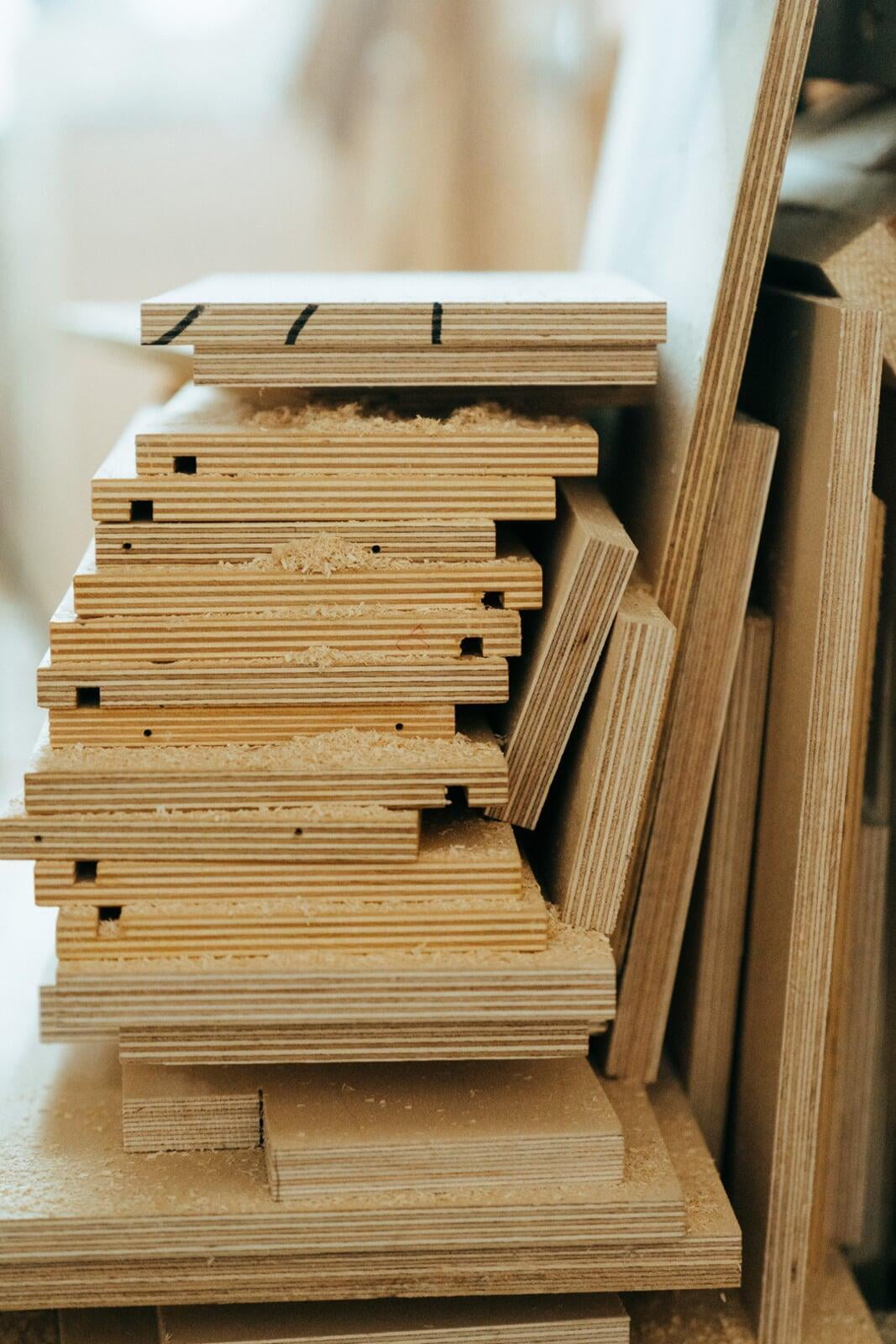MDF Boards or Plywood Sheet? What should you use?

When it comes to choosing the right material for your next woodworking project, the decision can be overwhelming. With a wide range of options available, it's essential to understand the qualities and characteristics of each material. In this article, we will delve into the world of Medium Density Fiberboard (MDF) and Plywood, two popular choices in the industry. By examining their strengths, weaknesses, and applications, we aim to help you make an informed decision.
Understanding the basics: What does MDF stand for?
MDF stands for Medium Density Fiberboard. It is a composite wood product made from recycled wood fibers and resin, bonded together under high pressure and heat. The result is a dense and uniform panel that is smooth, stable, and easy to work with. MDF is known for its exceptional consistency, as it lacks the natural defects found in solid wood, such as knots or voids. This feature makes it a preferred choice for applications that require a flawless finish.
MDF vs. Plywood: A comparison of materials
When comparing MDF and Plywood, it's essential to consider their composition, strength, and durability. Plywood, on the one hand, is made from thin sheets of wood veneer, called plies, which are glued together with the grain direction alternating. This construction method gives plywood its inherent strength and stability. On the other hand, MDF is made from wood fibers, which are broken down and reconstituted using resin. This process results in a homogeneous material without natural grain.
Strength and durability: Is MDF stronger than plywood?
When it comes to strength and durability, plywood has the edge over MDF. Plywood's layered construction provides it with inherent strength, allowing it to withstand heavy loads and resist warping or sagging. This makes plywood an excellent choice for structural applications such as flooring, roofing, and furniture frames. In contrast, while MDF is dense and stable, it is more prone to moisture damage and doesn't hold screws or nails as well as plywood. Therefore, MDF is better suited for non-structural applications like cabinet doors, shelving, and decorative pieces.
Quality and appearance: MDF vs. Plywood cabinets
The choice between MDF and Plywood becomes crucial when considering the quality and appearance of cabinets. Plywood cabinets have a more natural and traditional look, thanks to the visible wood grain. This aesthetic appeal makes plywood a popular choice for those seeking a classic or rustic style. On the other hand, MDF cabinets offer a smooth and flawless finish. MDF's uniform composition and lack of knots or imperfections make it ideal for a modern or minimalist design. Additionally, MDF's density allows for intricate details and precise machining, making it a versatile option for customized cabinetry.
Cost considerations: MDF vs. Plywood
Cost is a significant factor to consider when choosing between MDF and Plywood. Plywood tends to be more expensive than MDF due to its manufacturing process and the quality of the wood veneers used. However, it is worth noting that the price can vary depending on the specific grade and thickness of the plywood. On the other hand, MDF is generally more affordable and widely available, making it a budget-friendly option for many projects. It is crucial to weigh the cost against the desired application and the overall quality and durability requirements.
Applications of MDF and Plywood
Both MDF and Plywood have their areas of application, and understanding their strengths can help you choose the right material for your project. Plywood's strength and stability make it ideal for structural uses such as flooring, roofing, and furniture frames. Its ability to withstand moisture also makes it suitable for outdoor applications like sheds or boats. MDF, on the other hand, excels in non-structural applications. Its smooth surface and excellent machining properties make it a popular choice for cabinetry, doors, moldings, and decorative panels.
Choosing the right material for your project
When it comes to choosing between MDF and Plywood, there are a few key factors to consider. Firstly, assess the specific requirements of your project. If structural strength is crucial, plywood is the way to go. However, if you prioritize a flawless finish or intricate design details, MDF may be the better choice. Secondly, consider your budget constraints. Plywood tends to be more expensive, so if cost is a concern, MDF may be the more suitable option. Lastly, think about the environmental impact. MDF is made from recycled wood fibers, making it a more eco-friendly choice compared to plywood.
Expert opinions: MDF vs. Plywood
To gain further insights into the ongoing debate between MDF and Plywood, we reached out to industry experts. John Smith, a renowned furniture designer, shared his perspective: "For me, it ultimately boils down to the specific project requirements. Plywood offers unmatched strength and durability, making it ideal for structural applications. However, when it comes to achieving a flawless finish or intricate designs, MDF is my go-to material." These expert opinions emphasize the importance of understanding each material's strengths and limitations to make an informed decision.
Conclusion : Which material takes the crown in quality and durability?
In conclusion, the choice between MDF and Plywood depends on your project's specific requirements. While plywood excels in terms of strength and durability, MDF offers a smooth and flawless finish for surface finishes. Consider the application, budget, and environmental impact when making your decision. Both materials have their strengths and are widely used in the woodworking industry. By understanding their characteristics, you can confidently choose the material that best suits your needs. So, whether it's MDF or Plywood, you can now make an informed decision for your next woodworking project.






